The LightSail 2 project has used a special “solar sail” to change the path of a small satellite going around the Earth. Bill Nye, the leader of the group behind the project, calls this “sailing on sunbeams.”
There are lots of satellites orbiting (going around) the Earth. These days, many of the satellites are small spacecraft called CubeSats. CubeSats are cheap and small – about a third of the size of a loaf of bread. Several CubeSats can be joined together to make larger satellites.
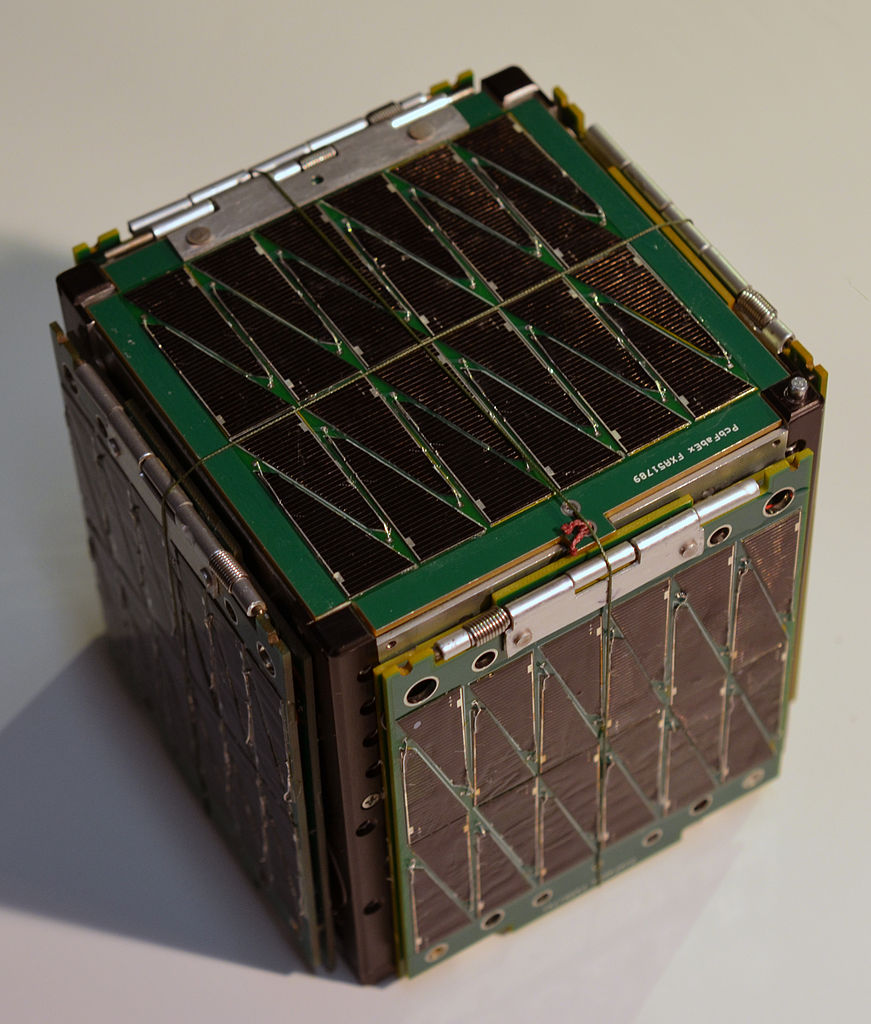
(Source: Spcutler [CC BY-SA 3.0], via Wikimedia Commons.)
Because CubeSats are cheap, they make it easier for businesses, scientists, and students to do experiments in space. But it’s very expensive to make CubeSats that can move, so most CubeSats simply stay in the same orbit (path) around the Earth.
LightSail is a project run by the Planetary Society that is working to change that. The LightSail project has just proved that CubeSats can be driven around with a sail pushed by sunlight.
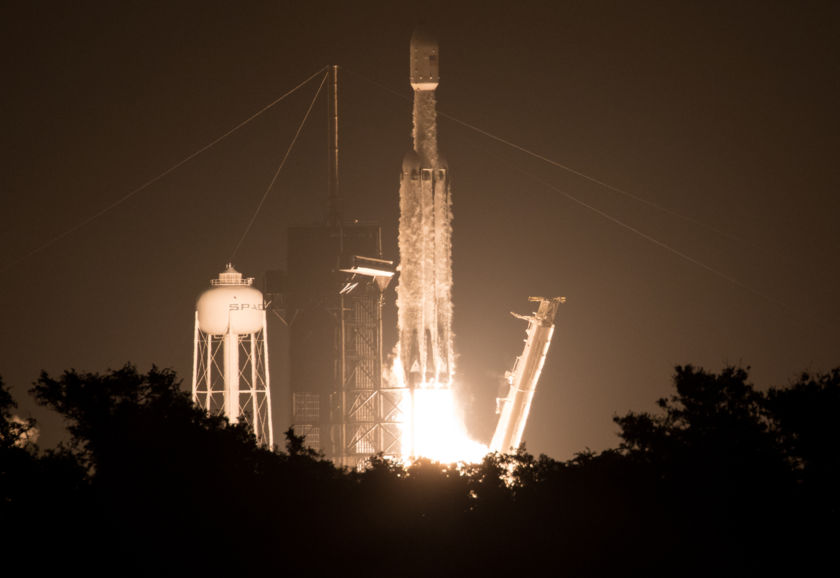
(Source: NASA /Joel Kowsky [CC BY-NC 3.0], Planetary Society.)
LightSail 2 is a special triple CubeSat, about the size of a loaf of bread. On June 25 it was taken into space by the SpaceX Falcon Heavy rocket.
On July 23, LightSail 2 opened its sail. The sail is made of super-thin plastic, called Mylar. The sail opens in a square that is about 18.5 feet (5.6 meters) long on each side.
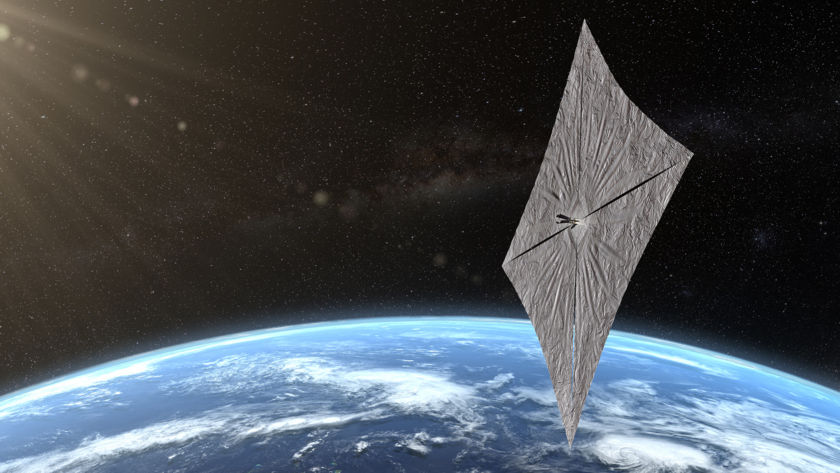
(Source: Josh Spradling /The Planetary Society [CC BY-SA 3.0], The Planetary Society.)
The Sun constantly gives off light, which travels in streams of tiny particles, called photons. By stretching out its mirrored sail, LightSail 2 can use this stream of photons to move around. By itself, each photon does almost nothing. Together, over time, all the photons begin to push the sail faster and faster.
LightSail 2 doesn’t go around the Earth in a perfect circle. It has been pushing one side of its orbit farther away from the Earth than the other. Since last week, LightSail 2 has been slowly changing the position of its sail to drive the satellite through space.
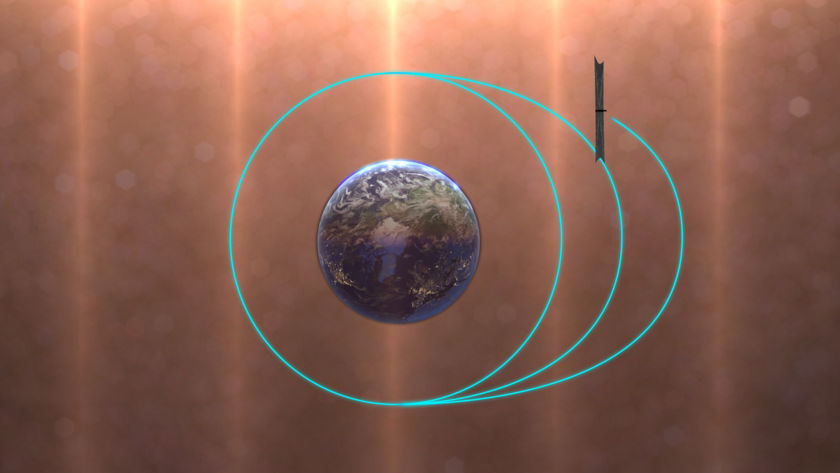
(Source: Josh Spradling /The Planetary Society [CC BY-NC 3.0], The Planetary Society.)
LightSail 2 has moved so much that now the far point of its orbit is over a mile (1.7 kilometers) farther away from Earth than it was before. For the LightSail team, this is enough to prove that their idea works.
This isn’t the first time a light sail has been used to drive a spacecraft. Japan’s IKAROS spacecraft used a light sail to fly to Venus in 2010. But this is the first time a sail has been used to control the orbit of a satellite.
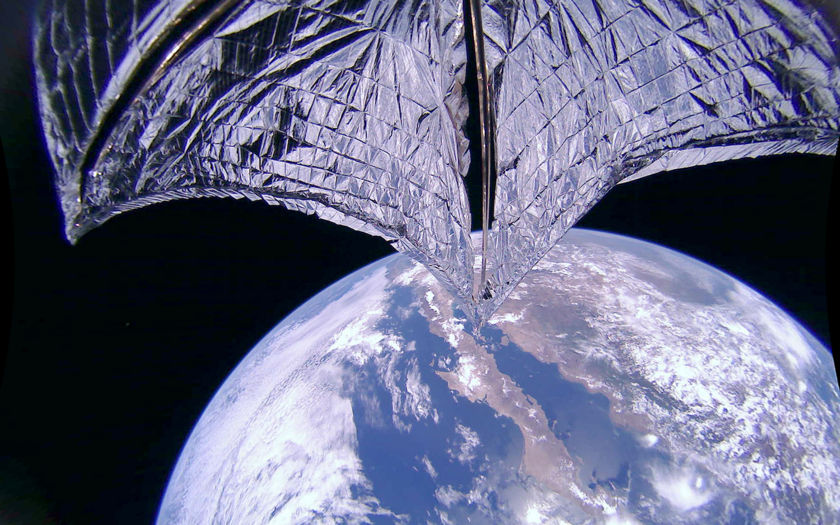
(Source: [CC BY-NC 3.0], The Planetary Society.)
LightSail 2 cost about $7 million. The money for the project was raised by using the internet to ask ordinary people to support the project. The Planetary Society hopes the project will allow others to use the ideas of LightSail 2 to position their satellites cheaply.
LightSail 2 is expected to stay in space for about a year. The project plans to sail the satellite’s orbit even higher on one side, which will bring it closer to the earth on the other side. Sooner or later, the satellite will get too close, and will fall to Earth, burning up on its way back down.
Did You Know…?
The Planetary Society’s leader, Mr. Nye, is a scientist familiar to many people from his TV show, Bill Nye, the Science Guy.

(Source: U.S. Navy/John F. Williams [Public domain], via Wikimedia Commons.)
